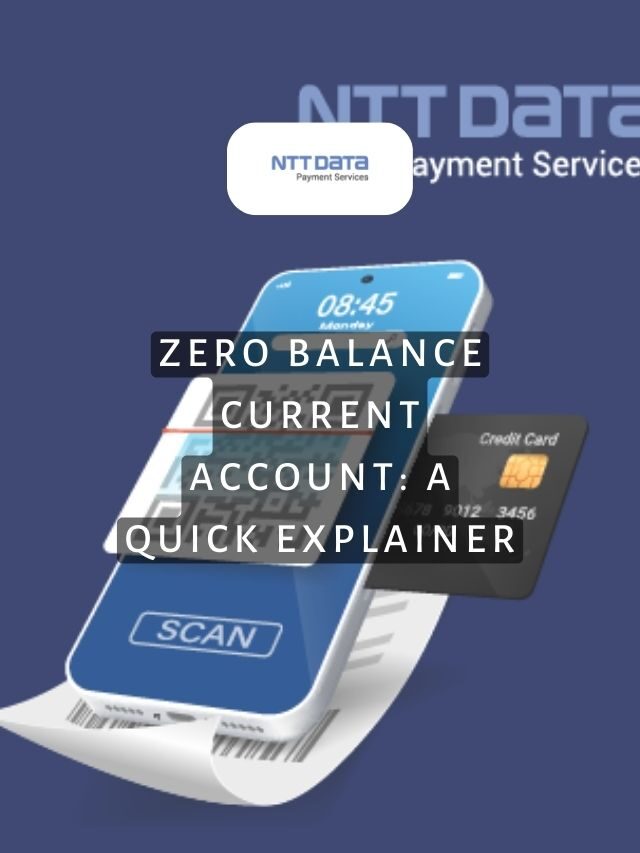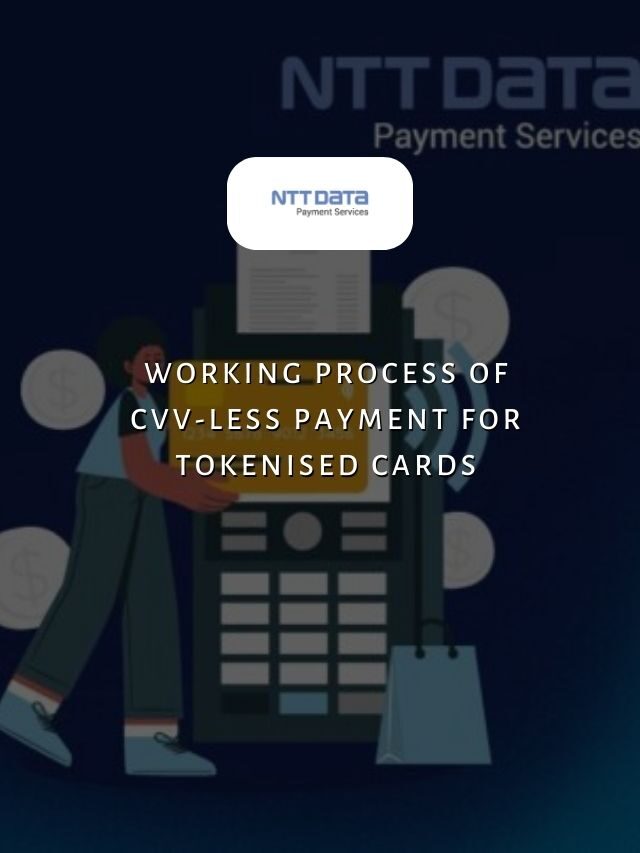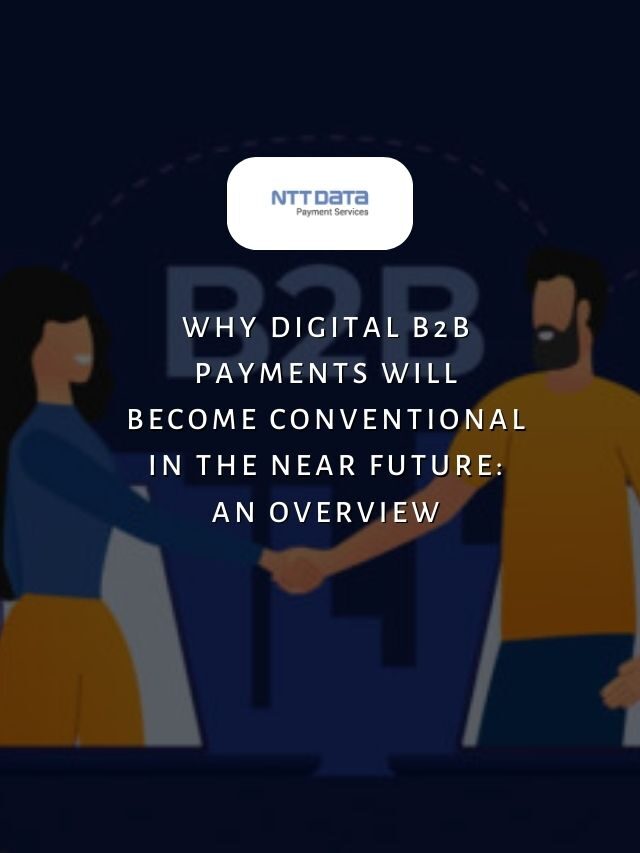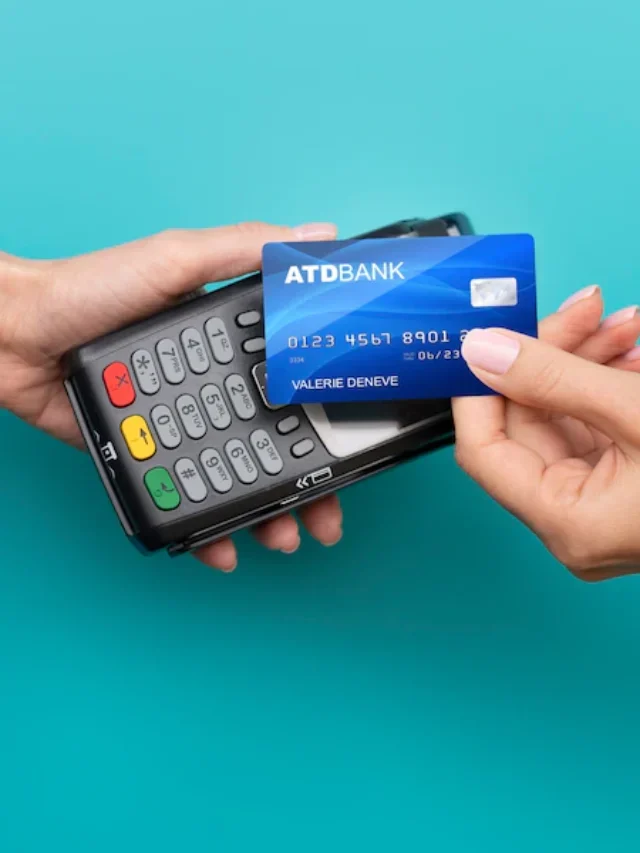
Table of Contents
- 1 Central Bank Digital Currency In India: An Overview
- 2 How To Use CBDCs In India?
- 3 Recent Web Stories
- 4 How Exactly Will CBDCs Help The Indian Economy?
- 5 Case Study: China’s Digital Yuan
- 6 The Future Of Currency In India: Is it CBDC?
- 7 Enjoy Hassle-Free Digital Payments with NTT DATA Payment Services
- 8 Conclusion
- 9 Frequently Asked Questions (FAQs)
The world of finance is evolving at an unprecedented pace, and the future of currency is no exception. With the rise of digital currencies, central banks across the globe are exploring the potential of issuing their own digital currencies, also known as Central Bank Digital Currencies (CBDCs).
But what if we told you that digital currencies could be more than just a speculative investment opportunity? What if we told you that they could fundamentally transform the way we think about money? In this blog post, we’ll explore the future of currency in India and how using CBDCs (Central Bank Digital Currencies) could revolutionize how the country transacts, saves, and invests. Keep reading to know how the exciting world of CBDCs could impact India’s financial landscape!
Central Bank Digital Currency In India: An Overview
Central Bank Digital Currency (CBDC) is a type of electronic currency that is issued and backed by a central bank. There are three types of CBDCs: retail, wholesale, and hybrid. In India, the Reserve Bank of India (RBI) is looking into the potential of CBDCs to modernise the country’s payment system, enhance financial inclusion, and combat the use of cash in criminal activities.
The RBI has organised a high-level group to study the viability of CBDCs, and many pilot projects are already underway to test the technology. While it is still in the early stages, the introduction of CBDCs could have significant ramifications for the future of Indian currency. 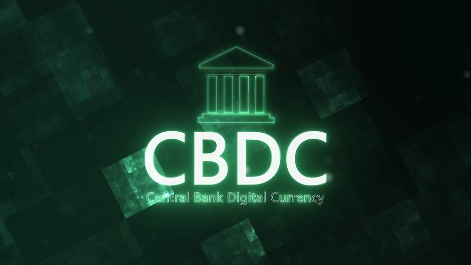
How To Use CBDCs In India?
CBDCs are designed to provide the benefits of digital currencies while retaining the stability and security of traditional fiat currencies. They can be used for a variety of transactions, including purchases and transfers, and they may be stored in digital wallets. CBDCs operate through the use of distributed ledger technology (DLT) such as blockchain. This enables secure and transparent transactions because each transaction is recorded and validated by several network nodes.
CBDCs can also be established using smart contract technology, which can automate certain transaction processes and conditions. Individuals would need to have a digital wallet that supports CBDCs in order to use them. This wallet must be linked to their bank account to swap fiat currency for CBDCs. CBDCs, once obtained, can be used for various transactions, including online purchases and peer-to-peer transfers.
Recent Web Stories
How Exactly Will CBDCs Help The Indian Economy?
CBDCs have the potential to provide several benefits to the Indian economy, such as:
- Increased financial inclusion by allowing those without traditional bank accounts quick and low-cost access to digital financial services.
- Faster and cheaper transactions, lowering the cost and time associated with intermediaries, and improving the financial system’s efficiency.
- Because transactions are transparent and traceable, there is a lower danger of fraud and money laundering.
- Improved monetary policy efficacy by giving real-time data on money use, allowing the central bank to conduct better analysis and decision-making.
- Strengthened the resilience of the financial system by reducing the reliance on cash, which is costly and difficult to manage.
Overall, CBDCs can help to modernize India’s financial system, increase its competitiveness, and support economic growth.
Case Study: China’s Digital Yuan
The digital yuan of China, commonly known as the digital currency electronic payment (DCEP), is a CBDC that has been in development since 2014. It went into testing in 2020 and is now being deployed in several pilot programmes around China. The digital yuan is backed by the People’s Bank of China (PBOC).
One of the main objectives of the digital yuan is to minimise China’s reliance on the US dollar, which is the dominant currency used in international trade currently. The digital yuan’s impact on the Chinese economy is currently being analysed. However, other analysts believe that it could help improve economic growth by raising consumer spending, lowering transaction costs, and improving financial system efficiency.
There are also concerns about the potential influence of the digital yuan on privacy and financial surveillance. As a centralised digital currency, the PBOC has the capacity to track every digital yuan transaction. This has sparked concerns about the Chinese government’s ability to employ digital yuan to monitor and regulate its citizens’ financial transactions. The experience of China with the digital yuan can provide valuable insights for India as it considers the implementation of its own CBDC.
The Indian government can learn from China’s approach to regulatory frameworks, technical infrastructure, and public education and awareness. At the same time, India can also take into account the concerns raised by the digital yuan’s implementation and ensure that its own CBDC strikes the right balance between convenience, privacy, and security.
The Future Of Currency In India: Is it CBDC?
CBDCs have the potential to revolutionise the way we interact with money as India strives to stay ahead of the curve in the ever-changing monetary landscape. CBDCs have the potential to expand financial inclusion, facilitate transactions, and possibly combat money laundering. However, successful CBDC implementation in India would necessitate careful thought and collaboration among the government, financial institutions, and the general people. To realise the full potential of CBDCs, key aspects such as digital infrastructure, regulatory frameworks, and public trust must be addressed.
CBDCs have numerous benefits, but they also come with downsides. A potential cause of concern is the possibility of losing privacy because CBDC transactions can be recorded on a blockchain or distributed ledger. Furthermore, the introduction of CBDCs would necessitate a considerable transformation in the financial system, which might cause opposition from traditional financial institutions. Despite the challenges, the potential advantages of CBDCs make them a feasible option for India’s currency in the future. As the country strives for innovation and prosperity, it is critical to explore the role that CBDCs can play in defining India’s financial landscape in the near future.
Enjoy Hassle-Free Digital Payments with NTT DATA Payment Services
As we seek to stay ahead in the constantly evolving currency landscape, the use of Central Bank Digital Currencies (CBDCs) has emerged as a critical topic. With the potential to increase financial inclusion and combat money laundering, CBDCs could revolutionize the way we interact with money.
NTT DATA Payment Services offers a complete payment solution to advance your offline and online businesses from,
- Online Payment Gateway in India
- POS machines
- IVR payments
- Mobile applications, and
- Bharat QR Scan and Pay
We ensure maximum comfort, convenience, and safety for all your payments.
Conclusion
As India aims to stay ahead of the curve in the ever-evolving landscape of currency, the introduction of CBDCs, or e-Rupee, has become a critical topic of discussion. The basic thing you need to know is that CBDCs are just digital versions of the existing rupee.
With the potential to streamline transactions, increase financial inclusion, and even combat money laundering, CBDCs could revolutionize the way we interact with money.
However, the successful implementation of CBDCs hinges on factors such as digital infrastructure, regulatory frameworks, and public trust. The road ahead may not be without its challenges, but the opportunities are too significant to ignore. With the right approach, India could pave the way for a brighter, more innovative future of currency.
| Also, you can get frequent updates on nttdatapayments Instagram page. |
Frequently Asked Questions (FAQs)
1. When will CBDCs be launched in India?
The RBI has already launched CBDC pilots in both the wholesale and retail sectors. The pilot for Digital Rupee -Wholesale (e-W) in the wholesale segment was launched on November 1, 2022, while the digital Rupee-Retail (e-R) in the retail segment was launched on December 1, 2022.
2. Is CBDC fiat currency?
Fiat money is a currency created and backed by the government. So yes, Central Bank Digital Currency (CBDC) is a form of fiat currency.
3. How does CBDC work?
CBDCs use a blockchain-based digital ledger to facilitate secure and quick transactions. CBDCs can be accessed and used for both online and offline transactions using a digital wallet.

